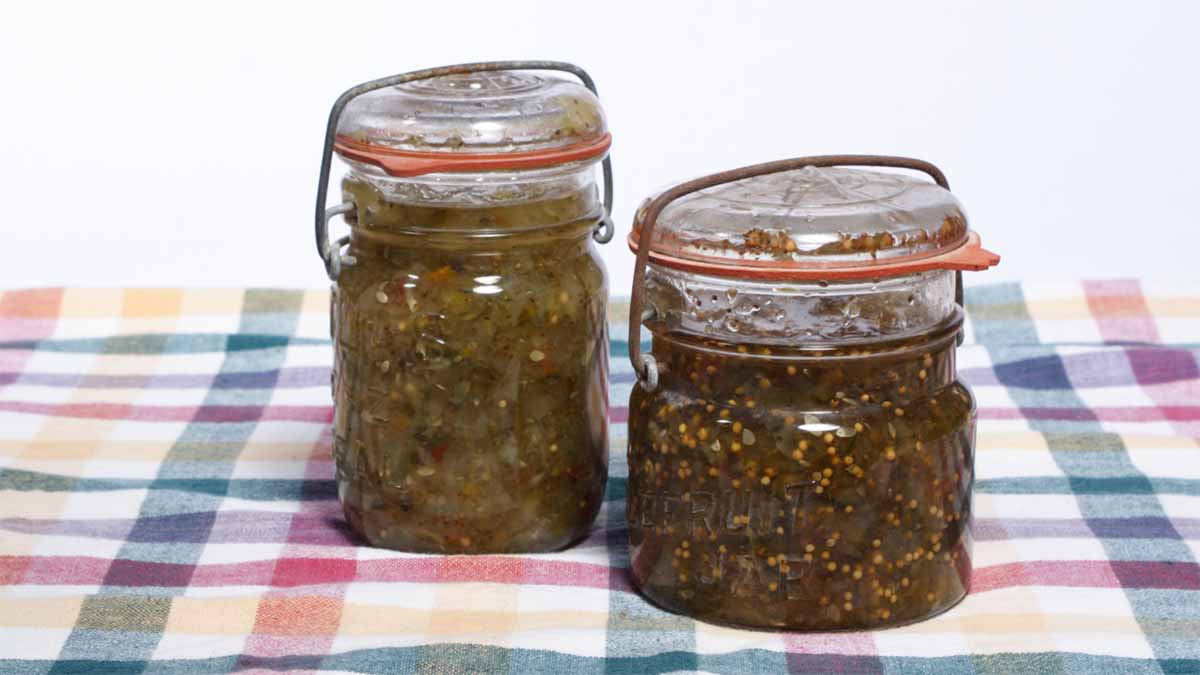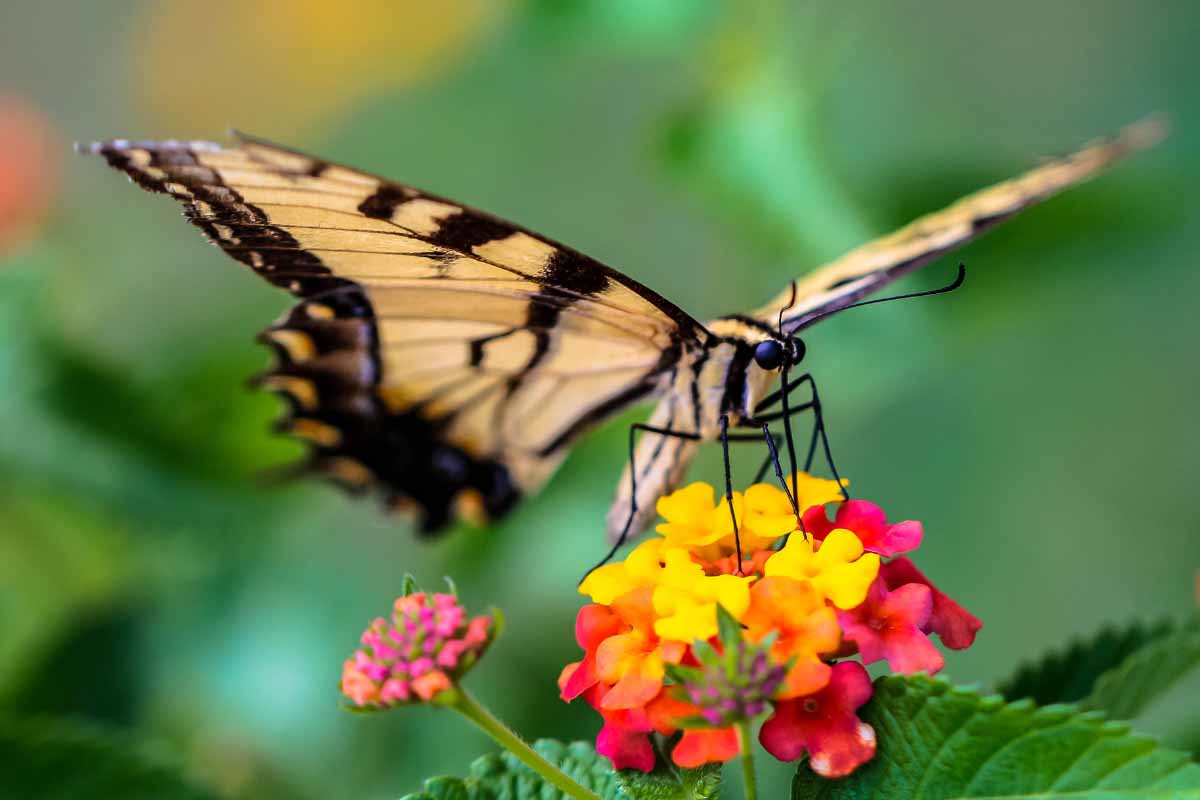
Did you know that Chow Chow has been enjoyed in the South for over 200 years? Commonly used as a topping on pinto beans, this relish has gained popularity as a tasty condiment for hot dogs, burgers, and pork chops. Some believe the relish was brought over by Chinese laborers while others claim it originated in France due to the word “reles” which is Old French for “something remaining” (Chow Chow is made from end of season vegetables). Regardless of its origin, Chow Chow continues to be a delicious supper component. Here’s a tasty recipe you can try at home!
What you’ll need:
- 5 cups chopped green tomatoes
- 5 cups chopped cabbage
- 1 ½ cups finely chopped yellow or sweet onion (depends on the flavor you’re going for)
- 2 cups chopped green or red bell pepper
- ⅓ cup kosher salt
- 2 ½ cup cider vinegar
- 1 cup brown sugar
- 1 tbsp yellow mustard seeds
- 2 cloves of garlic, minced
- 1 tsp celery seed
- ½ tsp red pepper flakes
To make:
Combine the chopped veggies in a large kettle or bowl (do NOT use bowls made of aluminum, cast iron, or copper due as they are all reactive materials). Add the salt and mix thoroughly. Cover and refrigerate for at least 4 hours.
Next, drain the veggies and rinse thoroughly. In a large nonreactive pot, bring vinegar, sugar, seeds, and spices to a boil. Reduce heat to medium low and simmer for 5 minutes. Add the drained veggies to the pot and bring the mixture back to a boil. Reduce heat to medium low and simmer for 10 minutes.
With a slotted spoon, pack the veggies into glass jars. Cover veggies with the pickling liquid leaving ¼ quarter of space from the top of the jar. With a damp cloth, wipe the rims of the jars and place the flat lids on them and them screw on the rings tightly. Put the filled jars in a canner and add more water as needed to be at least 1 inch above the jars. Bring to a full boil. Cover and continue boiling for 10 minutes. Remove the jars of relish and allow them to cool completely.
Visit our blog for more tasty recipes and gardening tidbits!


 Keep the kids entertained for hours with this giant bubble recipe! All you need is a few standard household ingredients and your little ones will enjoy hours of outdoor fun.
Keep the kids entertained for hours with this giant bubble recipe! All you need is a few standard household ingredients and your little ones will enjoy hours of outdoor fun.




